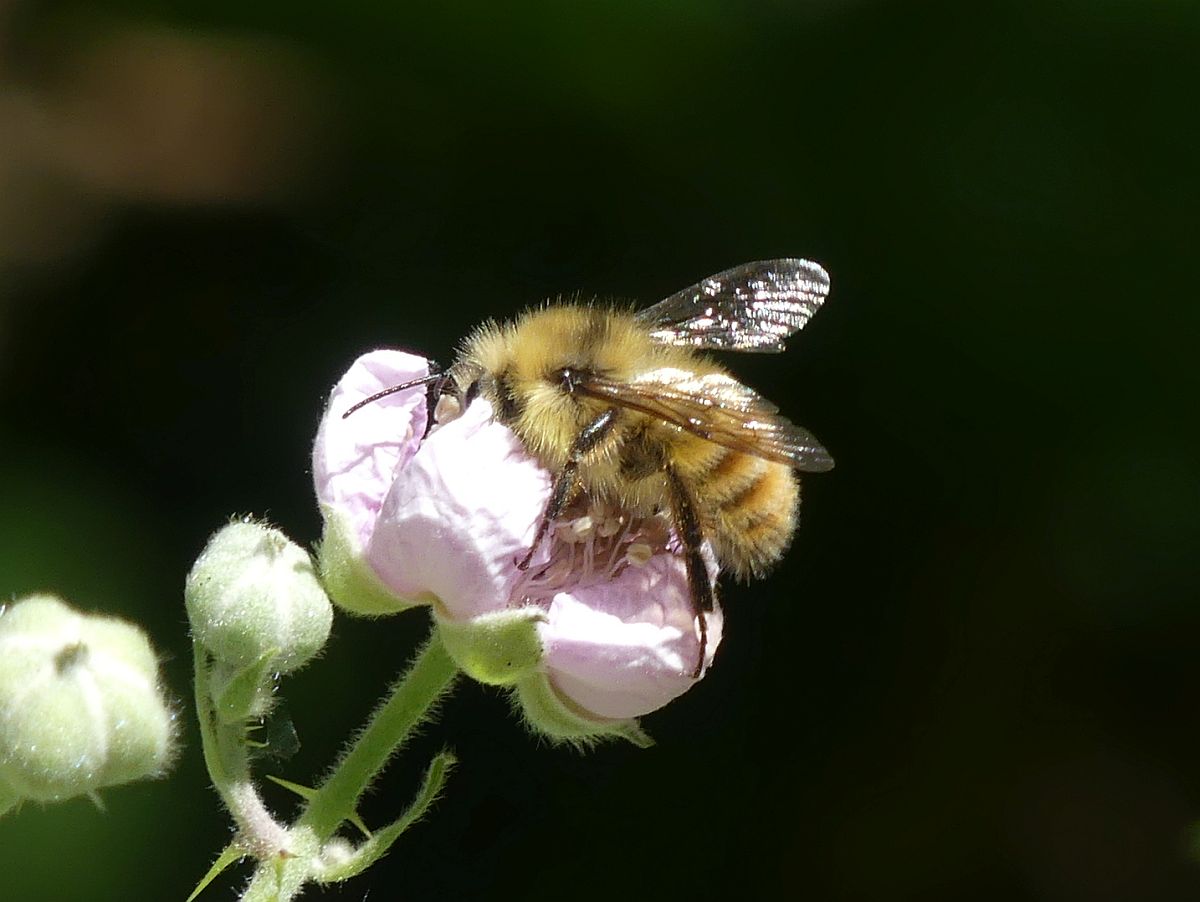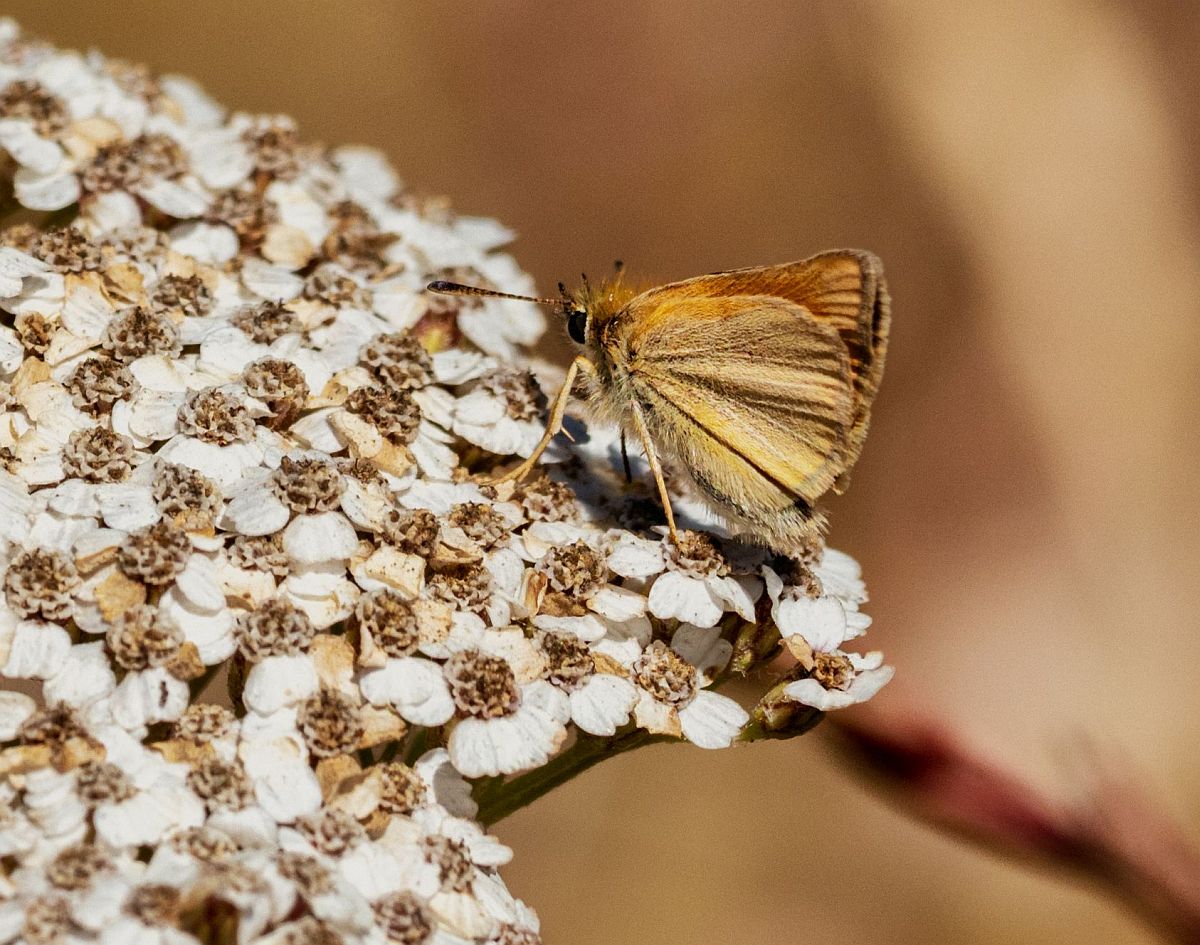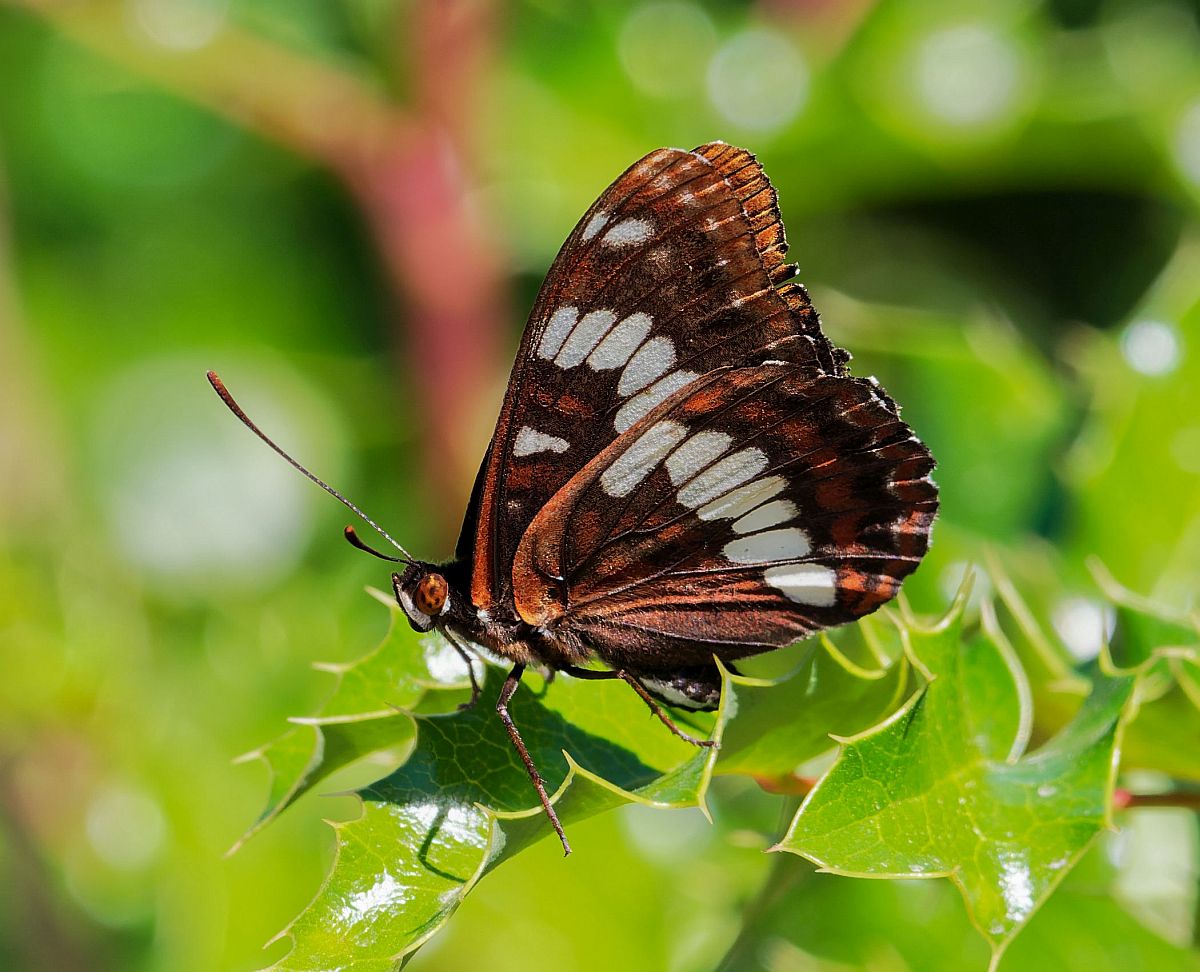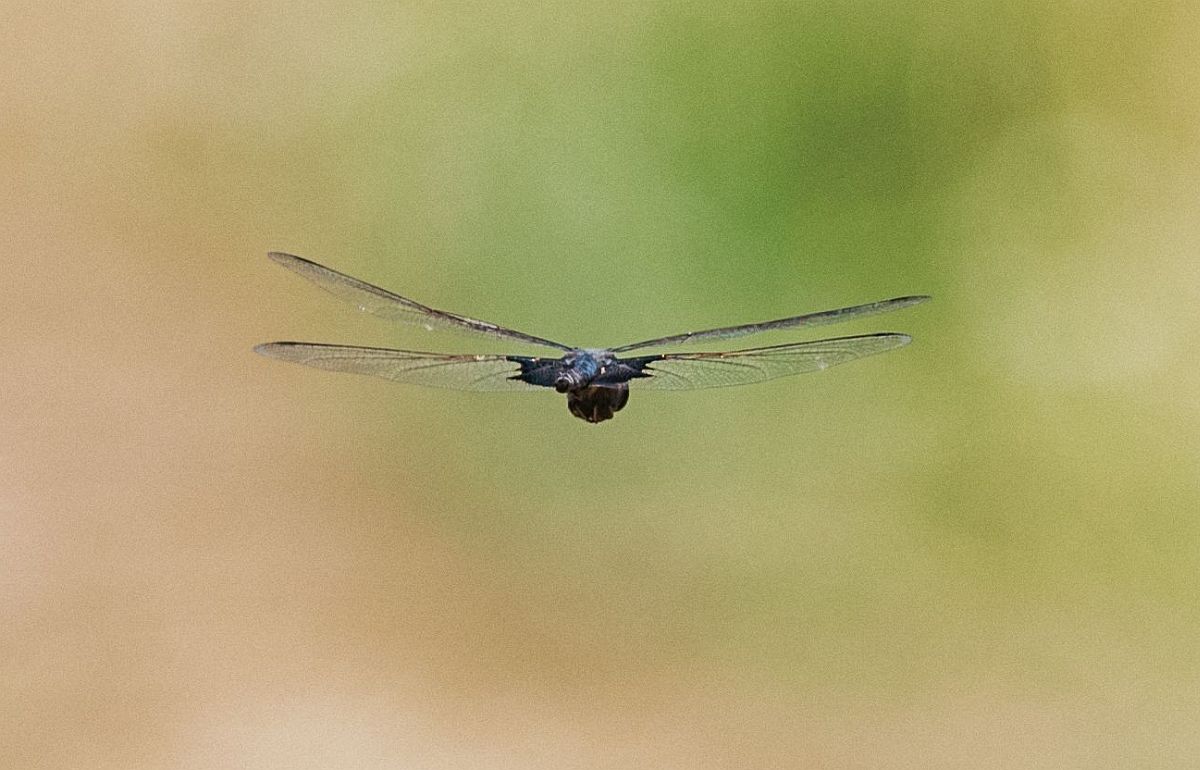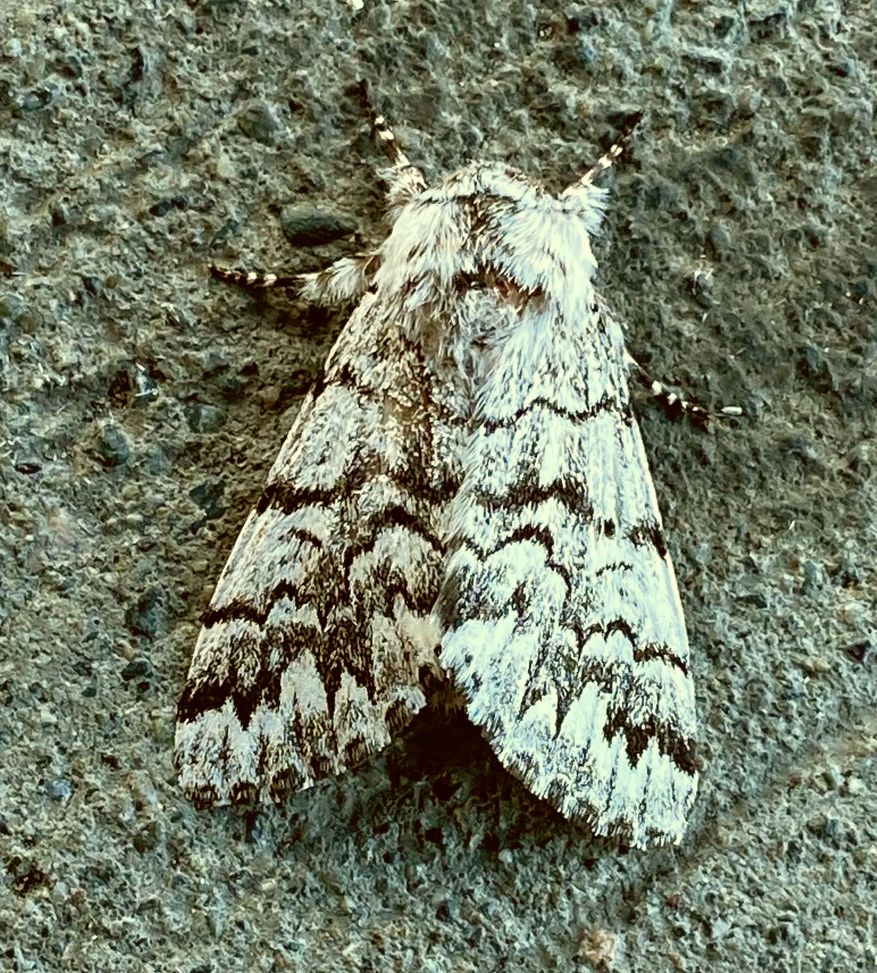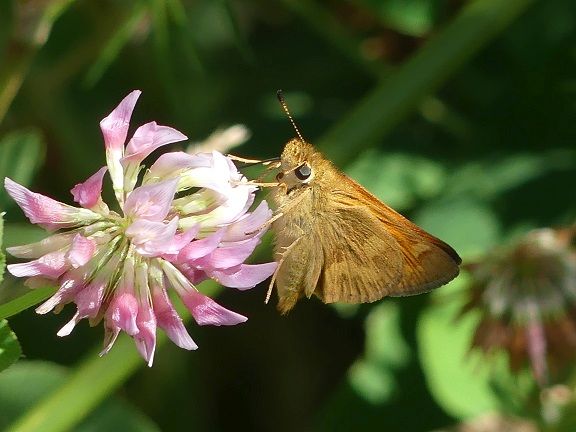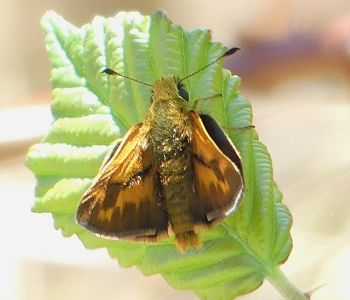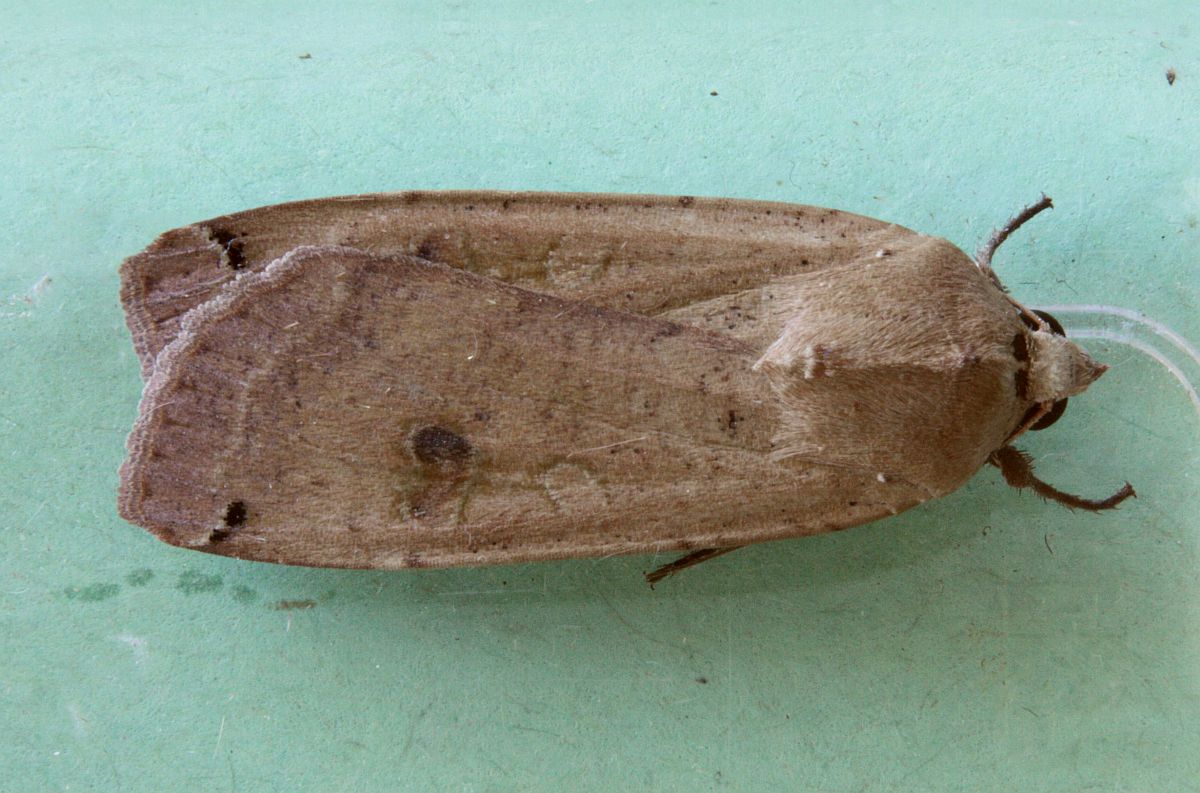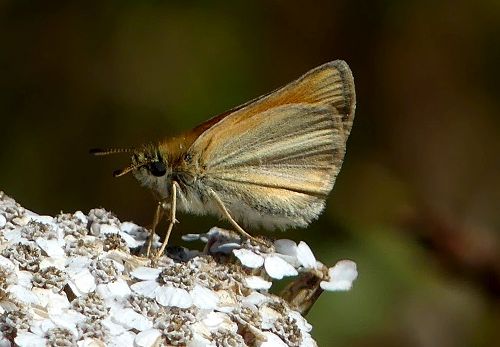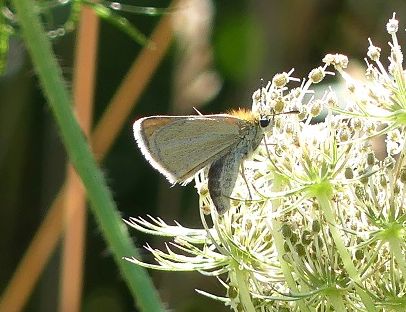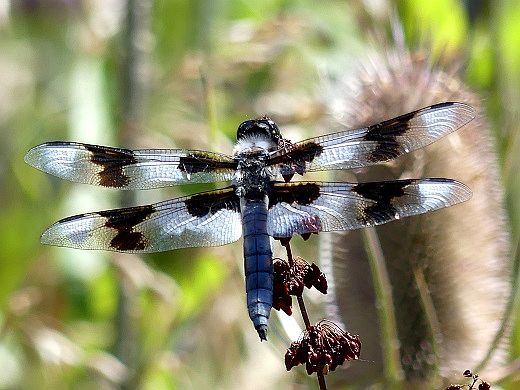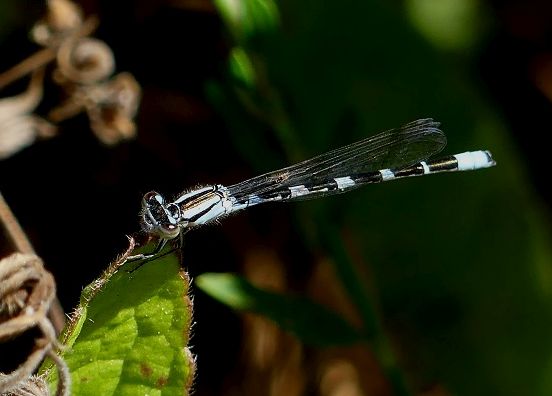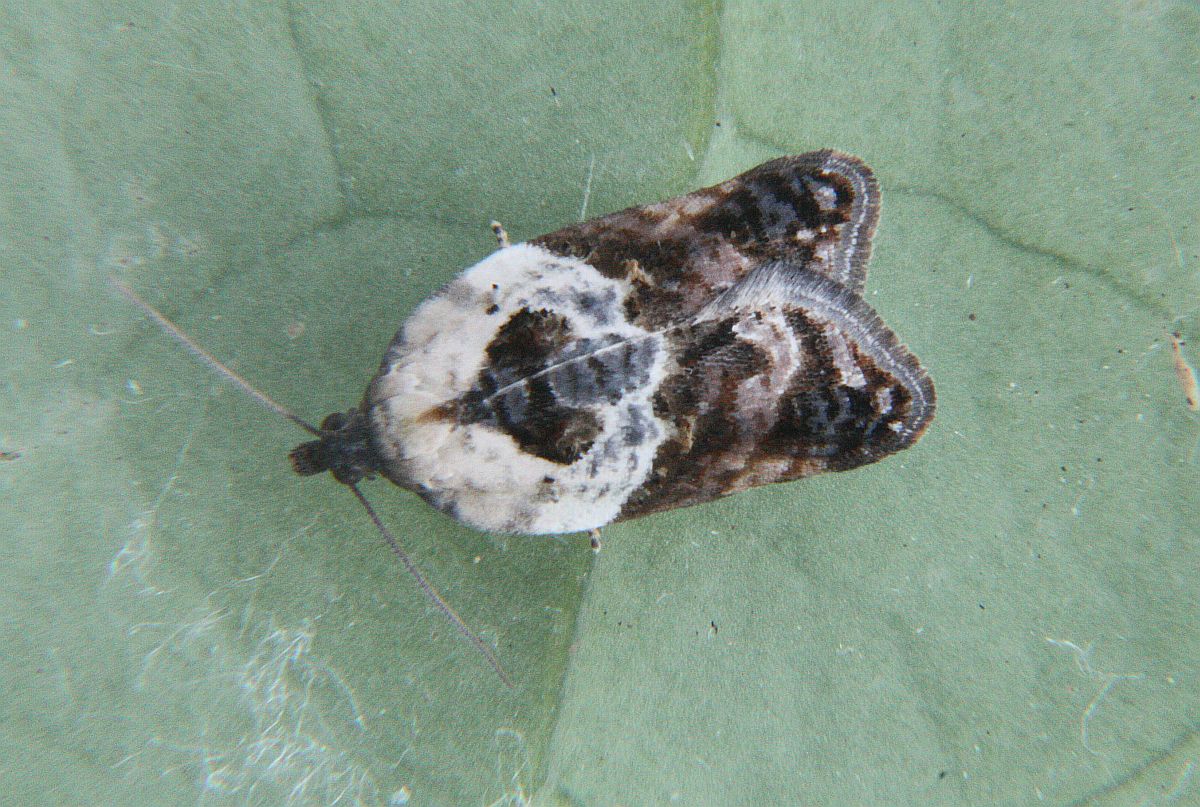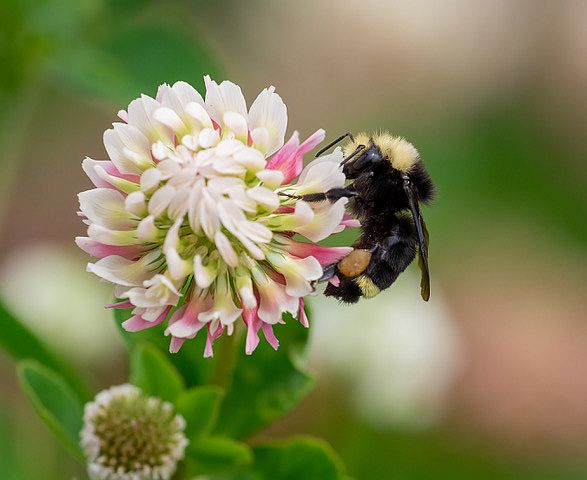2022 August 8 evening
Jeremy Tatum writes: This one was at my Saanich apartment this morning. Thanks to Libby Avis for identifying it as Oligia divesta.
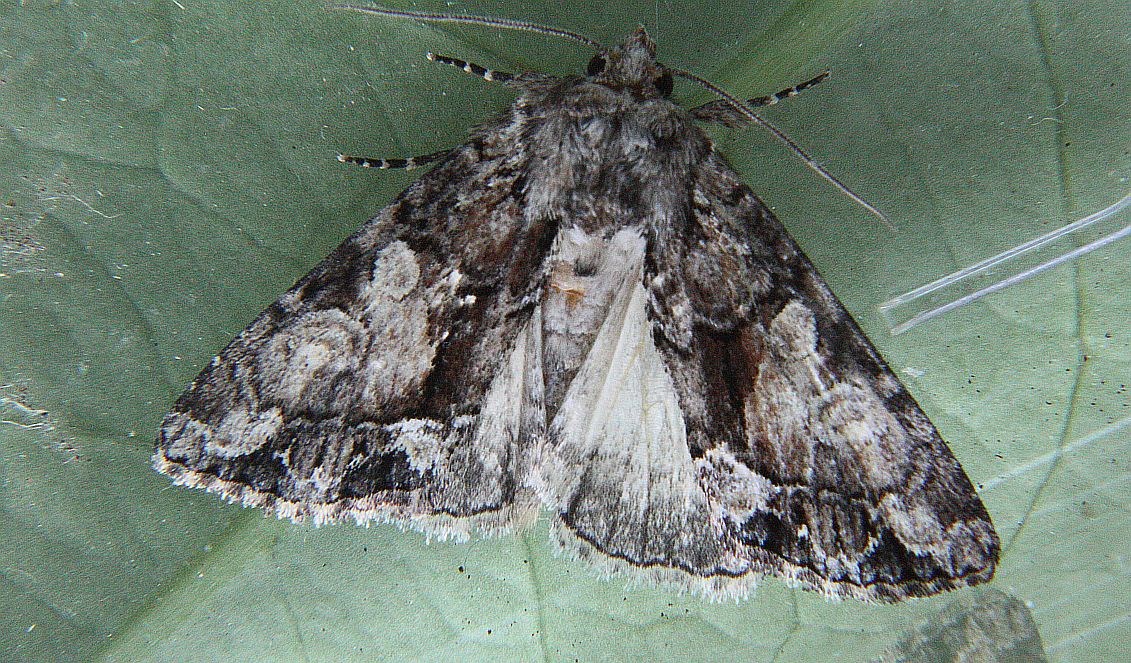
Oligia divesta (Lep.: Noctuidae) Jeremy Tatum
Jochen Möhr writes from Metchosin: Pine Whites are definitely here.
Yesterday, we had some Nature-Buff Friends over, and I asked them whether they had spotted any Pine Whites yet. The answer was negative. A few minutes later, we saw one fly past the front of the Douglas Firs here and flutter up the last one, and we both agreed that yes, it was a Pine White.
This morning, I saw several here in our Douglas Firs, first two at about 11 a.m., then later at various hours one here, one there, always unmistakably and always for quite a while. And then, driving into Langford via Happy Valley Road at around 4 p.m., coming back around 5 p.m., I saw one each on the way in and the way out at Happy Valley Road, close to the intersection with Rocky Point Road. So yes, they are back!
[Jeremy Tatum writes: Kirsten Mills reported two on July 22. Jochen’s report is the only one since then.]

